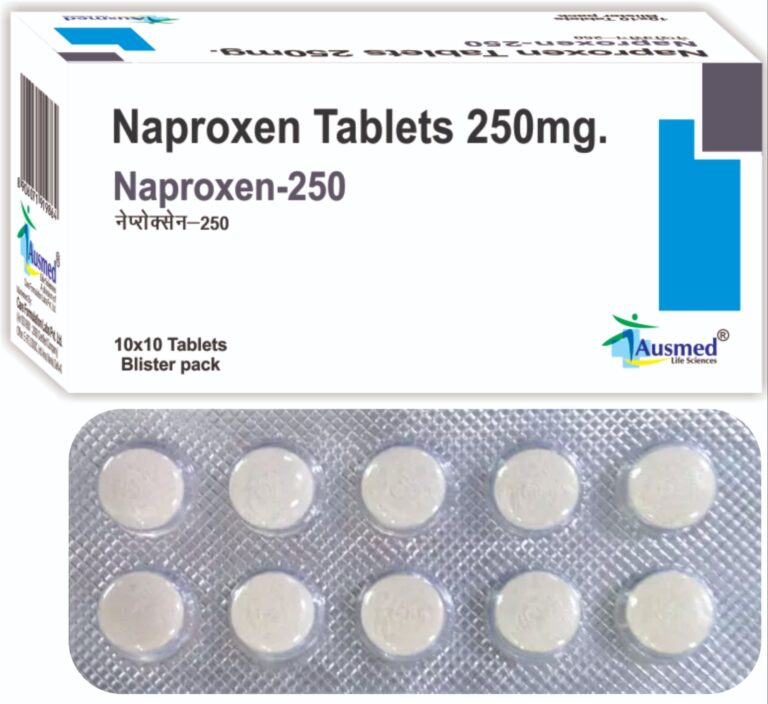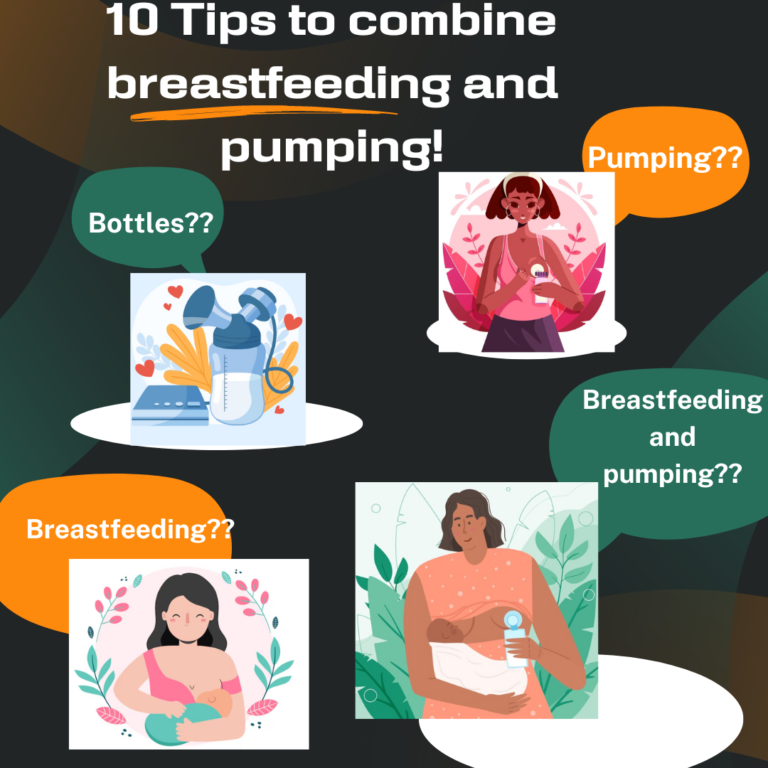A Prelude to Miracle: Braxton Hicks Contractions: Your Questions Answered

Pregnancy is a miraculous journey, accompanied by a myriad of changes and experiences. Among these changes are Braxton Hicks contractions, often known as “practice contractions.” As these contractions can leave expectant mothers with curious minds and perhaps a touch of concern, we’ve compiled a comprehensive guide to address some of the most common questions about Braxton Hicks contractions. From understanding their nature to learning how to manage their discomfort, this article aims to provide you with the information you need to navigate this aspect of pregnancy with confidence. So, let’s dive into the world of Braxton Hicks contractions and unravel the answers to your burning questions.

What are Braxton Hicks Contractions?
Braxton Hicks contractions are spontaneous and irregular contractions of the uterine muscles that occur during pregnancy. Named after the British physician who first described them, these contractions are often referred to as “false labor” or “practice contractions.” Unlike true labor contractions that signify the onset of childbirth, Braxton Hicks contractions serve as a preparatory phase for the uterus, getting it ready for the eventual process of giving birth.
How Long Do Braxton Hicks Contractions Last?
The duration of Braxton Hicks contractions can vary widely among individuals. They typically last for about 20 to 30 seconds, but in some cases, they can persist for up to 2 minutes. One key distinction between Braxton Hicks contractions and true labor contractions is their irregular nature:
- Braxton Hicks Contractions: These contractions are sporadic and don’t follow a consistent pattern. They can occur irregularly throughout the day and don’t necessarily increase in frequency over time.
- True Labor Contractions: On the other hand, true labor contractions become progressively more regular and consistent as labor approaches. They tend to last longer and become closer together over time.
It’s important to note that Braxton Hicks contractions are usually less intense and often painless, especially when compared to the more intense pain of true labor contractions. While Braxton Hicks contractions are a normal part of pregnancy, if you have concerns about the duration, intensity, or regularity of your contractions, it’s advisable to consult your healthcare provider for guidance and reassurance.
Why am I having so many Braxton hicks contractions
- Uterine Preparation: As your body readies itself for labor, the uterus undergoes regular contractions to help strengthen the uterine muscles and promote blood flow to the placenta.
- Physical Activity: Engaging in physical activities or exertion, even mild ones, can trigger Braxton Hicks contractions. Activities such as walking, bending, or even changing positions might lead to their increased occurrence.
- Dehydration: Inadequate fluid intake can contribute to the heightened frequency of Braxton Hicks contractions. Staying hydrated is crucial to maintaining uterine muscle function.
- Full Bladder: A full bladder can put pressure on the uterus, triggering contractions. Emptying your bladder regularly can help alleviate this trigger.
- Stress and Anxiety: Emotional stress or anxiety can lead to an increase in Braxton Hicks contractions. Practicing relaxation techniques, such as deep breathing or meditation, can help manage stress.
- Multiple Pregnancies: Women carrying multiples (twins, triplets, etc.) often experience more frequent Braxton Hicks contractions due to the increased pressure on the uterus.
- Irregular Rest: Lack of proper rest or sleep can lead to heightened stress on the body, potentially contributing to increased contractions.

Do more frequent Braxton Hicks contractions mean labor is near?
While more frequent Braxton Hicks contractions can be a sign that your body is preparing for labor, they are not a definitive indication that labor is imminent. Braxton Hicks contractions are often considered “practice contractions” and can occur throughout the later stages of pregnancy. They help the uterus tone and prepare for the eventual process of childbirth.
However, it’s important to understand the differences between Braxton Hicks contractions and true labor contractions:
- Frequency: Braxton Hicks contractions can become more frequent as your pregnancy progresses, but they remain irregular and don’t follow a consistent pattern. True labor contractions, on the other hand, become increasingly regular and closer together as labor approaches.
- Intensity: Braxton Hicks contractions are usually less intense and are often painless or cause mild discomfort. True labor contractions typically become more intense and progressively more painful.
- Duration: Braxton Hicks contractions are generally short-lived, lasting around 20 to 30 seconds, although they can occasionally persist for up to 2 minutes. True labor contractions tend to last longer and increase in duration as labor progresses.
- Location: Braxton Hicks contractions are often felt in the front of the abdomen, while true labor contractions might start in the lower back and radiate to the abdomen.
While more frequent Braxton Hicks contractions might indicate that your body is preparing for labor, they are not the sole predictor of labor’s proximity. If you notice a sudden change in the pattern, intensity, or regularity of your contractions, or if you experience other signs of labor such as your water breaking, it’s advisable to contact your healthcare provider for guidance. Always rely on professional medical advice to determine the best course of action during your pregnancy journey.

How can I reduce Braxton Hicks?
Reducing the discomfort of Braxton Hicks contractions can be achieved through various strategies. While it’s important to note that Braxton Hicks contractions are a normal part of pregnancy and usually harmless, these steps can help alleviate the discomfort associated with them:
- Empty Your Bladder: A full bladder can contribute to the irritation of the uterus and trigger contractions. Regularly empty your bladder to alleviate this pressure.
- Practice Relaxation Techniques: Deep breathing, relaxation exercises, and gentle stretching can help relax your body and ease the intensity of contractions.
- Avoid Overexertion: While staying active during pregnancy is beneficial, excessive physical exertion can trigger more frequent Braxton Hicks contractions. Balance activity with rest.
- Warm Bath or Shower: A warm bath or shower can help relax your muscles and provide temporary relief from contractions.
- Magnesium-Rich Foods: Some women find that increasing their intake of magnesium-rich foods, such as leafy greens, nuts, and whole grains, can help reduce the frequency of contractions.
- Avoid Stress: Emotional stress and anxiety can contribute to the intensity of contractions. Engage in activities that help you relax, such as reading, listening to music, or practicing prenatal yoga.
- Pelvic Tilt: While lying on your back, perform gentle pelvic tilts by arching and flattening your lower back. This can help alleviate uterine pressure and discomfort.
- Consult Your Healthcare Provider: If you experience an increase in the frequency or intensity of Braxton Hicks contractions, or if you have concerns about their pattern, consult your healthcare provider. They can provide personalized advice and ensure that the contractions are not indicative of preterm labor.
Remember, Braxton Hicks contractions are a normal part of pregnancy, but if you have any doubts or concerns about your contractions, it’s always best to seek guidance from your healthcare provider to rule out any underlying issues.
How to stop Braxton Hicks?
While you can’t completely stop Braxton Hicks contractions, there are ways to alleviate their discomfort. Staying hydrated is crucial, as dehydration can contribute to their frequency. Changing positions, such as transitioning from sitting to standing or vice versa, can help ease the discomfort. Engaging in relaxation techniques like deep breathing and gentle stretching can relax your body and minimize contractions. Taking warm baths or showers can provide temporary relief by relaxing your muscles.
Additionally, practicing pelvic tilts and ensuring regular bladder emptying can help reduce uterine pressure and irritation. If you find that magnesium supplements are suitable for you, they might help ease contractions, but it’s important to consult your healthcare provider first. Remember, Braxton Hicks contractions are a normal part of pregnancy. If your contractions become frequent, intense, or are accompanied by concerning symptoms, seeking guidance from your healthcare provider is essential to ensure the well-being of you and your baby.
Conclusion
In conclusion, Braxton Hicks contractions are a natural phenomenon during pregnancy, often referred to as “practice contractions.” While they cannot be entirely stopped, there are effective strategies to alleviate their discomfort and manage their frequency. Staying hydrated, practicing relaxation techniques, and adopting proper posture can all contribute to reducing the intensity of contractions. However, it’s important to recognize that Braxton Hicks contractions are a normal part of pregnancy and typically do not signify immediate labor.
References
- Raines DA, Cooper DB. Braxton Hicks Contractions. [Updated 2022 Aug 8]. In: StatPearls [Internet]. Treasure Island (FL): StatPearls Publishing; 2023 Jan-. Available from: https://www.ncbi.nlm.nih.gov/books/NBK470546/
- McEvoy A, Sabir S. Physiology, Pregnancy Contractions. [Updated 2022 Sep 19]. In: StatPearls [Internet]. Treasure Island (FL): StatPearls Publishing; 2023 Jan-. Available from: https://www.ncbi.nlm.nih.gov/books/NBK532927/
- https://classic.clinicaltrials.gov/ct2/show/NCT04417296
- La Verde, Marco & Riemma, Gaetano & Torella, Marco & Torre, Clelia & Cianci, Stefano & Conte, Anna & Capristo, Carlo & Morlando, Maddalena & Colacurci, Nicola & De Franciscis, Pasquale. (2021). Impact of Braxton-Hicks contractions on fetal wellbeing; a prospective analysis through computerised cardiotocography. Journal of Obstetrics and Gynaecology. 42. 1-5. 10.1080/01443615.2021.1929115.













Thanks, I have recently been looking for info about this subject for a while and yours is the greatest I have discovered so far. However, what in regards to the bottom line? Are you certain in regards to the supply?